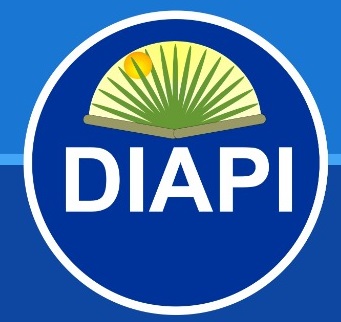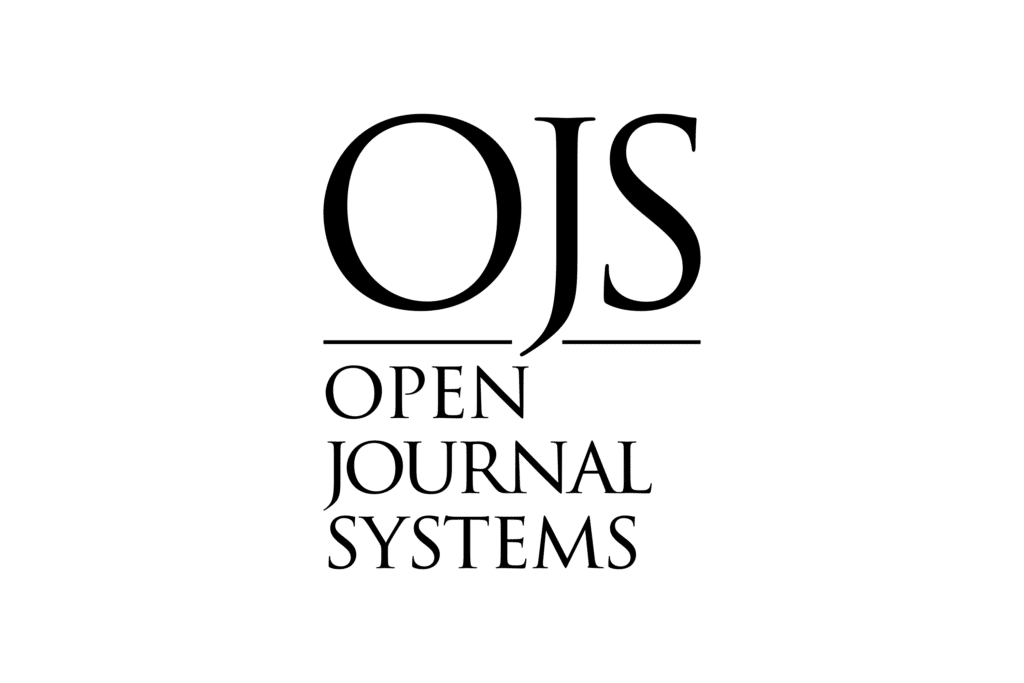Statistical analysis to know the Subject-Low relationship in first-year students of the Industrial Engineering career at the University of Pinar del Río ¨Hermanos Saiz Montes de Oca¨
DOI:
https://doi.org/10.52579/diapi.vol4.i.a18666Keywords:
Statistical analysis, Low, SubjectsAbstract
In the present work, a statistical analysis is made of the results obtained in the subjects, by the first-year students of the Industrial Engineering career in five consecutive academic years. The objective of the same is to know which subject is the one that most influences the student's tendency to be low. For this, statistical methods were used (cluster analysis, chi-square test, binary logistic regression and the Hosmer-Lemeshow test) that were used to determine the reliability of the applied instruments, and to obtain, process and analyze the results. data obtained.
Downloads
References
Rendón-Macías ME, Villasís-Keever MÁ, Miranda-Novales MG. Estadística descriptiva. Rev Alerg Mex. 2016;63(4):397-407. Disponible en: http://revistaalergia.mx/ojs/index.php/ram/article/view/230
Villasís-Keever MA, Miranda-Novales MG. El protocolo de investigación II: los diseños de estudio para investigación clínica. Rev Alerg Mex. 2016;63(1):80-90. Disponible en: http://revistaalergia.mx/ojs/index.php/ram/article/view/163
Villasís-Keever MA, Miranda-Novales MG. El protocolo de investigación IV: las variables de estudio. Rev Alerg Mex. 2016;63(3):303-310. Disponible en: http://revistaalergia.mx/ojs/index.php/ram/article/view/199
Gómez-Gómez N, Danglot-Banck C, Vega-Franco L. Cómo seleccionar una prueba estadística (primera de dos partes). Rev Mex Pediatr. 2013;80(1):30-34. Disponible en: http://www.medigraphic.com/pdfs/pediat/sp2013/sp131g.pdf
Gómez-Gómez N, Danglot-Banck C, Vega-Franco L. Cómo seleccionar una prueba estádistica (segunda parte). Rev Mex Pediatr 2013;80(2):81-85. Disponible en: http://www.medigraphic.com/pdfs/pediat/sp-2013/sp132g.pdf
Shankar S, Singh R. Demystifying statistics: How to choose a statistical test? Indian J Rheumatol. 2014;9(2):77-81. DOI: https://doi.org/10.1016/j.injr.2014.04.002
Talavera JO, Rivas-Ruiz R. Investigación clínica IV. Pertinencia de la prueba estadística. Rev Med Inst Mex Seguro Soc. 2011;49(4):401-405. Disponible en: http://www.redalyc.org/articulo.oa?id=457745503010
Sato Y, Gosho M, Nagashima K, Takahashi S, Ware JH, Laird NM. Statistical methods in the journal - An update. N Engl J Med. 2017;376(11):1086-1087.
Fajardo-Gutiérrez A. Medición en epidemiología: prevalencia, incidencia, riesgo, medidas de impacto. Rev Alerg Mex. 2017;64(1):109-120. Disponible en: http://revistaalergia.mx/ojs/index.php/ram/article/view/252
Berea-Baltierra R, Rivas-Ruiz R, Pérez-Rodríguez M, Palacios-Cruz L, Moreno J, Talavera JO. Investigación clínica XX. Del juicio clínico a la regresión logística múltiple. Rev Med Inst Mex Seguro Soc. 2014;52:192-197. Disponible en: https://www.cmu.org.mx/media/cms_page_media/57/39-INVESTIGACION-CLINICA-DEL-JUICIOCLINICO-A-LA-REGRESION.pdf
Niño Morante, N.R, Uceda Bazán, M.N., Fernández Otoya, F.A., García González, M. (2022). Estrategias didácticas para promover el aprendizaje significativo dirigido a estudiantes universitarios. Revista Mendive Vol. 20 No. 4 (octubre-diciembre). pp. 1297-1309 2022 Disponible en: https://mendive.upr.edu.cu/index.php/MendiveUPR/article/view/3090 ISSN. 1815-7696 RNPS 2057.
Downloads
Published
How to Cite
Issue
Section
License
Copyright (c) 2023 Lianet Meléndez Breijo, Carlos Jesús Crúz Bracho

This work is licensed under a Creative Commons Attribution-ShareAlike 4.0 International License.
Direitos Autorais
A submissão de originais para a Diálogos e Perspectivas Interventivas (DIAPI) implica na transferência, pelas(os) autoras(es), dos direitos de publicação. Os direitos autorais para os manuscritos publicados nesta revista são das(os) autoras(es), com direitos da DIAPI sobre a primeira publicação. As(os) autoras(es) somente poderão utilizar os mesmos resultados em outras publicações indicando explicitamente a DIAPI como o meio da publicação original.
Licença Creative Commons
Exceto onde especificado diferentemente, aplicam-se à matéria publicada nesta revista científica os termos da licença Creative Commons Attribution-ShareAlike 4.0 International License, que permite o uso irrestrito, a distribuição e a reprodução em qualquer meio desde que a publicação original seja corretamente citada.













 Esta obra está licenciada com uma Licença
Esta obra está licenciada com uma Licença 